[All photographs copyright, Gary Nunn 2013] – The Yellow-crowned Night-Heron Nyctanassa violacea occurs in very small numbers in San Diego County at only a few favored locations near the coast. Breeding does occur but the species remains a rare waterbird in the county. I was lucky enough to bump into this fine looking adult feeding on crabs along the San Diego River flood control channel immediately south of Seaworld. As is usual for this species, this individual was tame and sauntered right by me. In a matter of a few minutes it had captured numerous crabs and deftly swallowed them. I was quite shocked at the size of crabs it could handily gulp down! The bird then flew off directly to the east end of Seaworld where it disappeared behind larger trees. I think there is a good chance it was returning to a nest site in Seaworld to feed offspring. Always a good find and a fun species to watch in action!
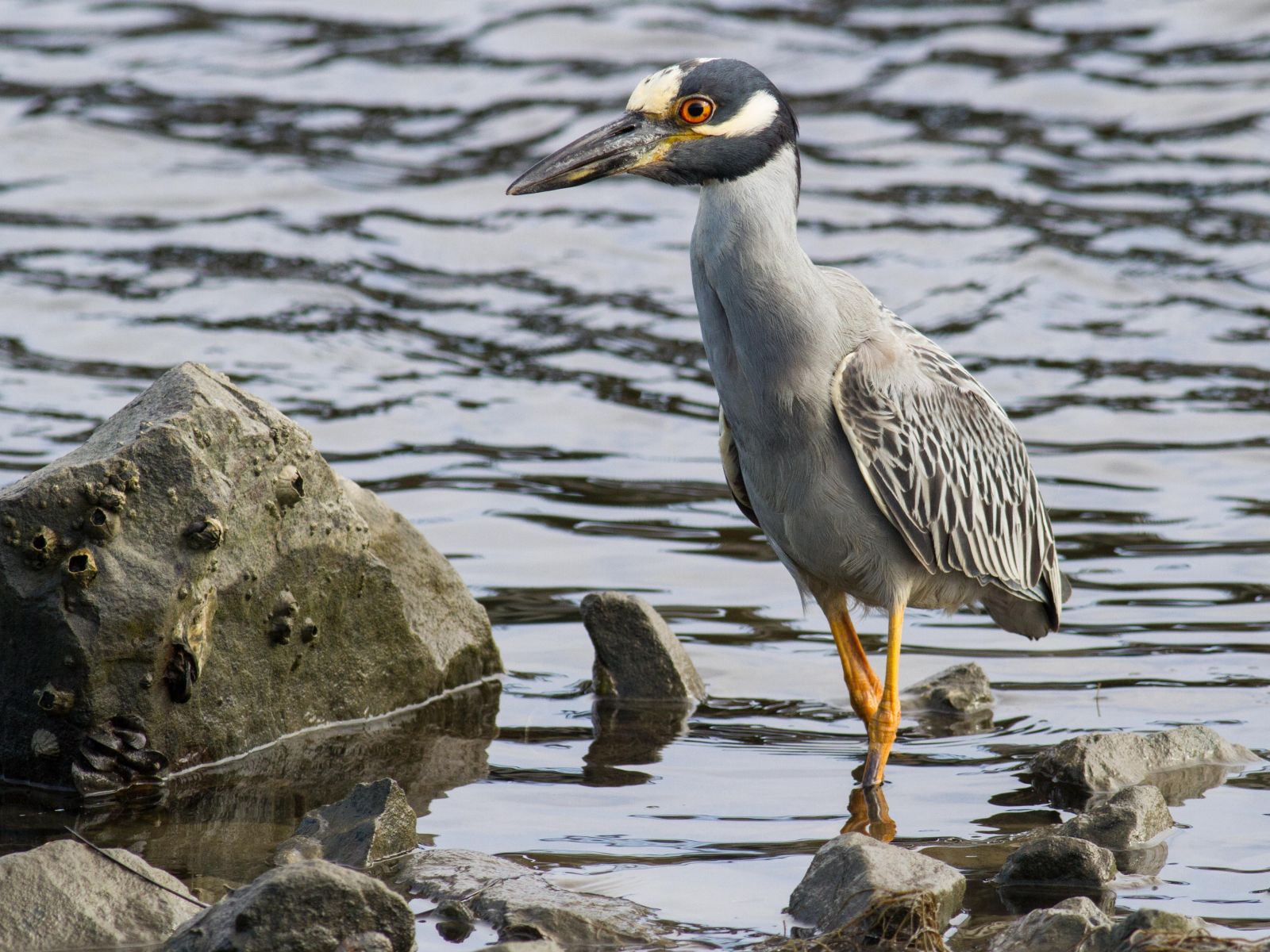
Yellow-crowned Night-Heron – San Diego River flood control channel, Mission Bay, San Diego 23 July 2013
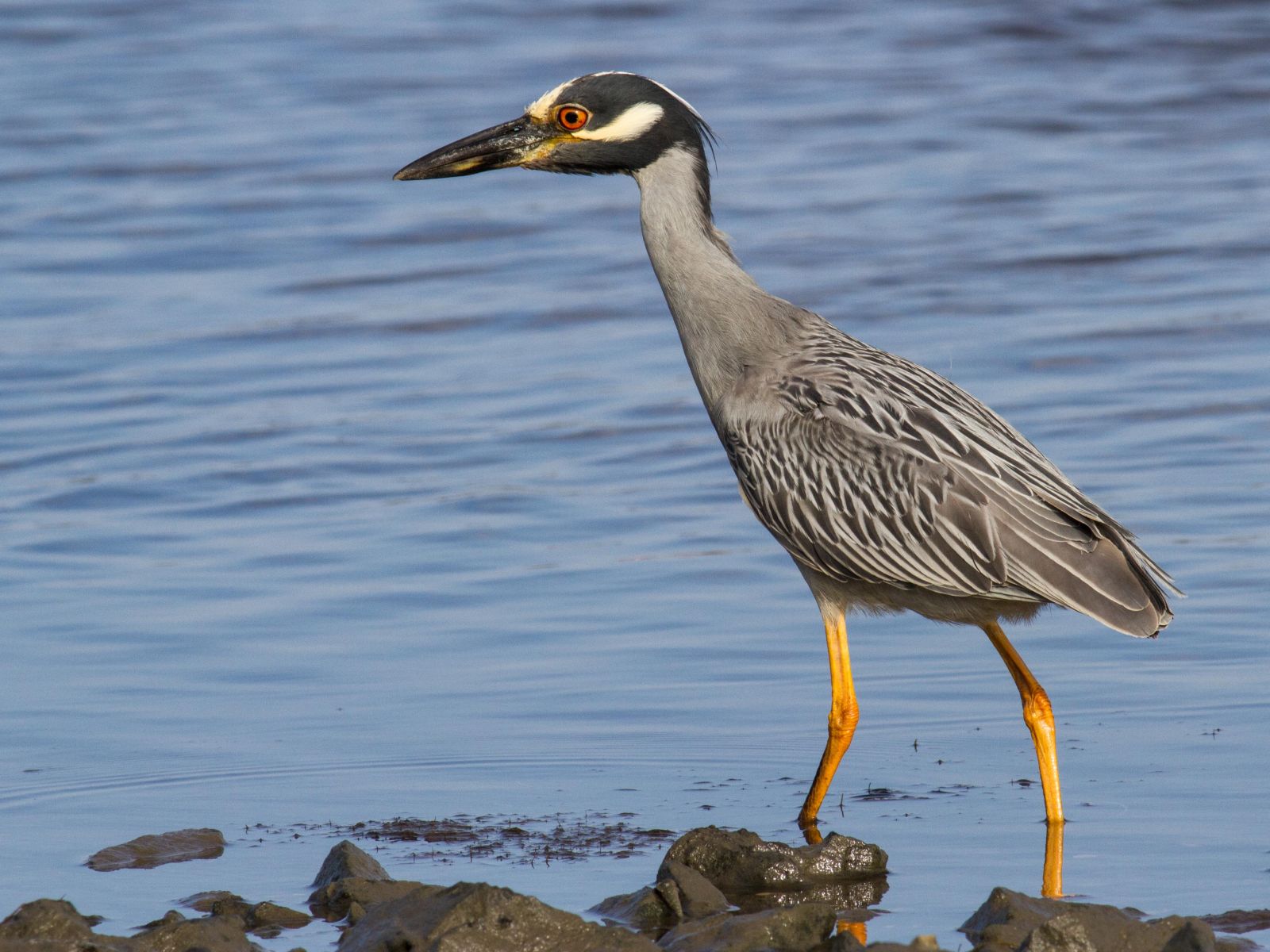
Yellow-crowned Night-Heron – San Diego River flood control channel, Mission Bay, San Diego 23 July 2013
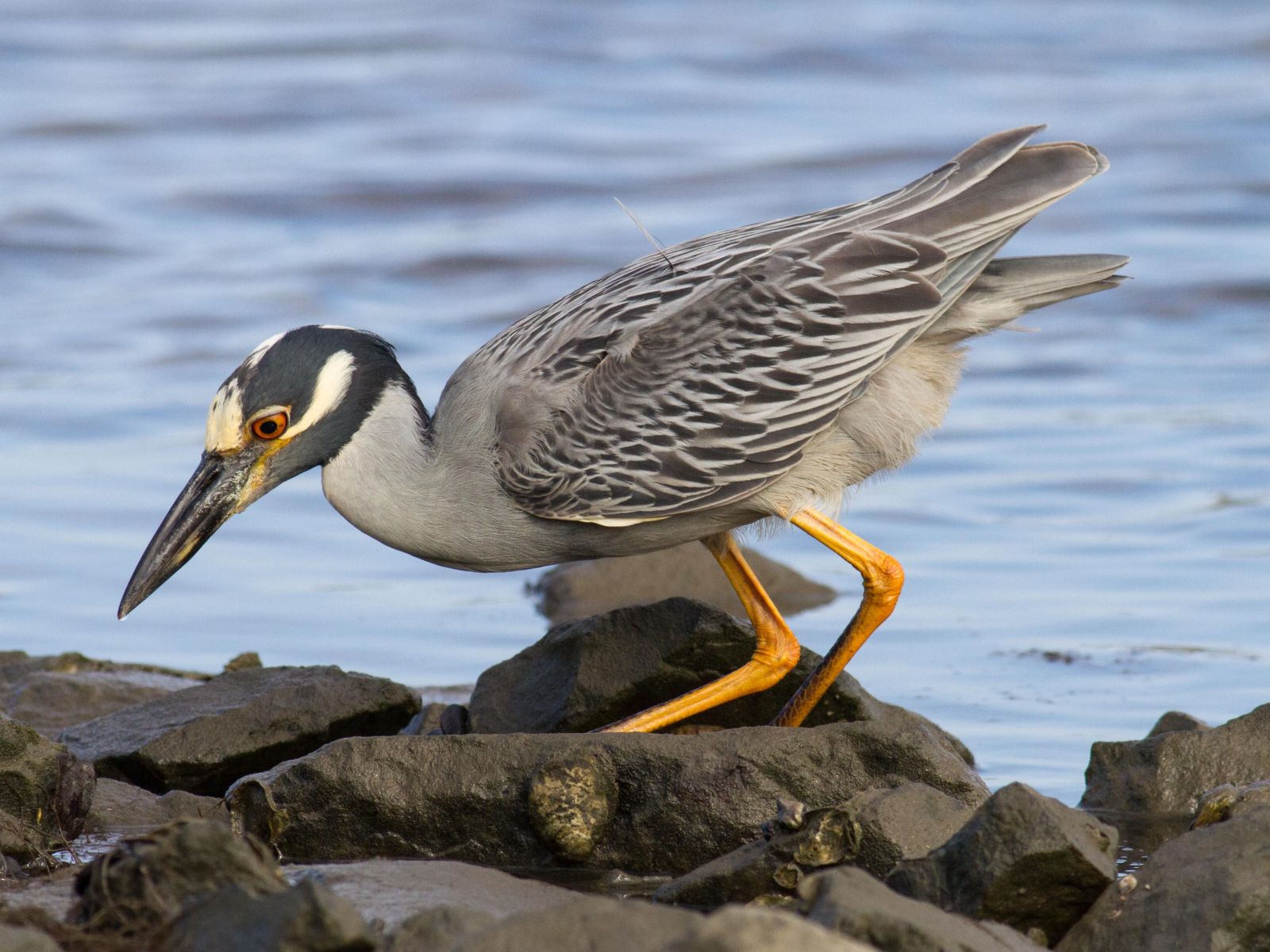
Yellow-crowned Night-Heron – San Diego River flood control channel, Mission Bay, San Diego 23 July 2013
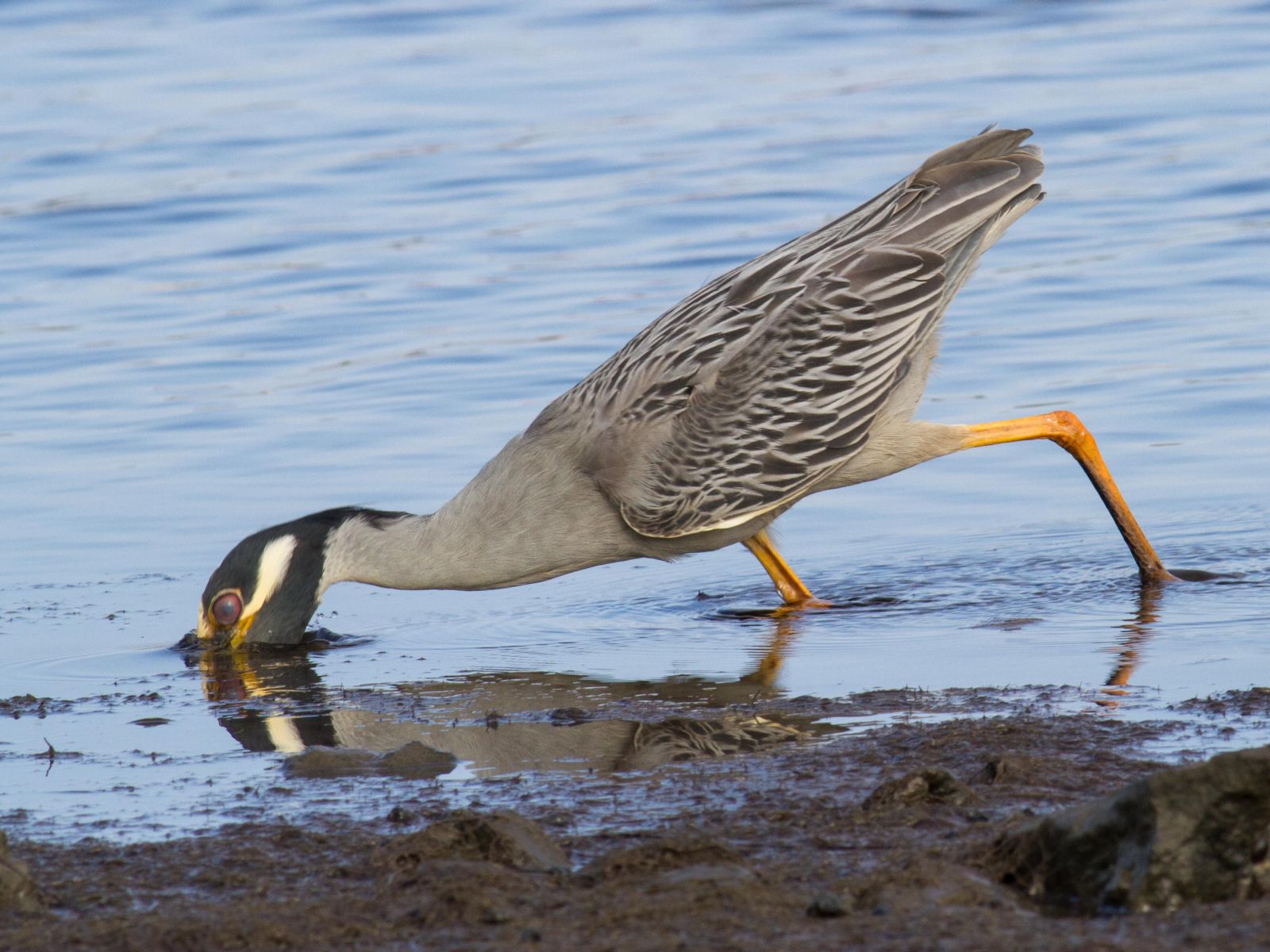
Yellow-crowned Night-Heron – San Diego River flood control channel, Mission Bay, San Diego 23 July 2013
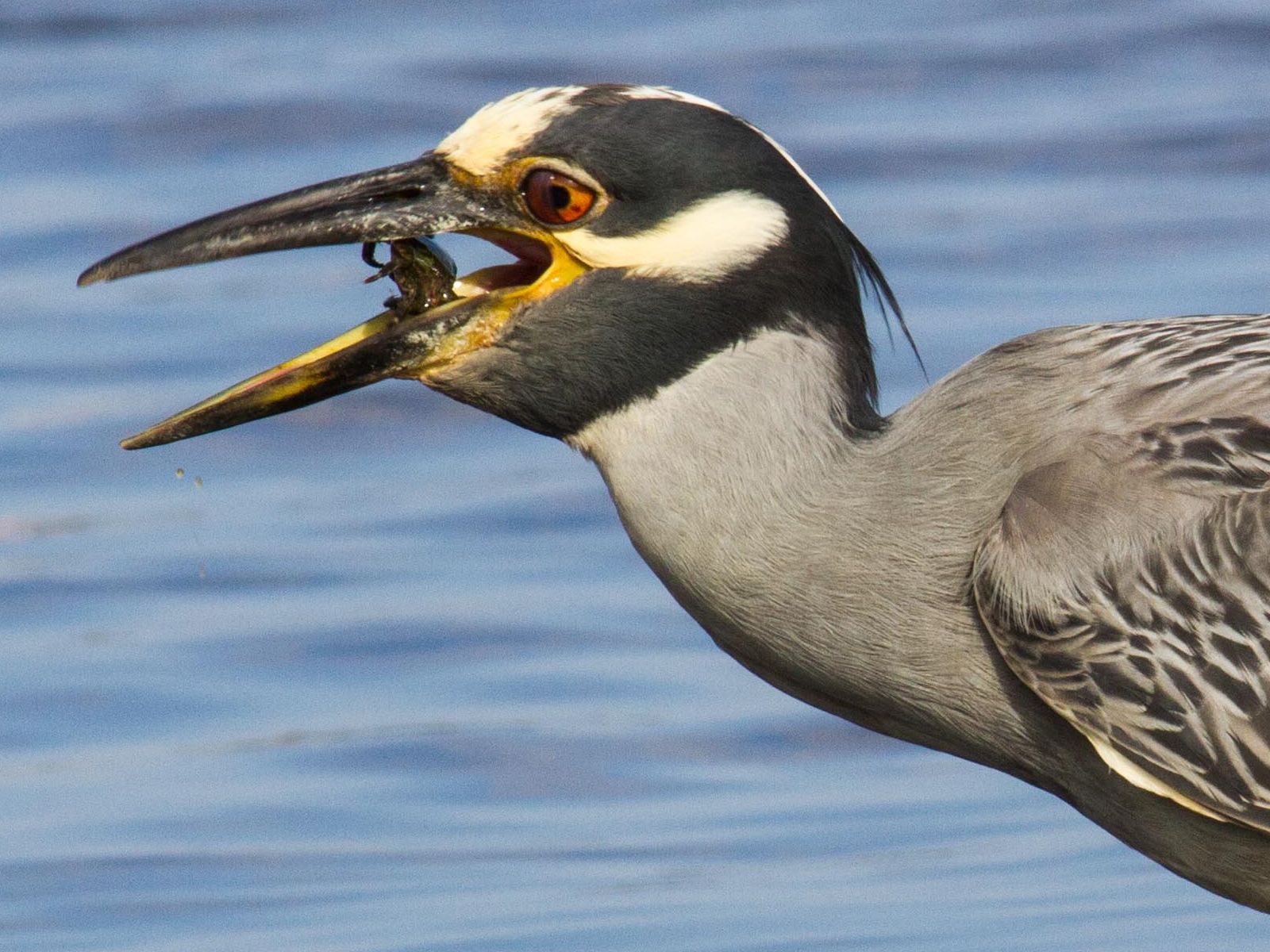
Yellow-crowned Night-Heron – San Diego River flood control channel, Mission Bay, San Diego 23 July 2013
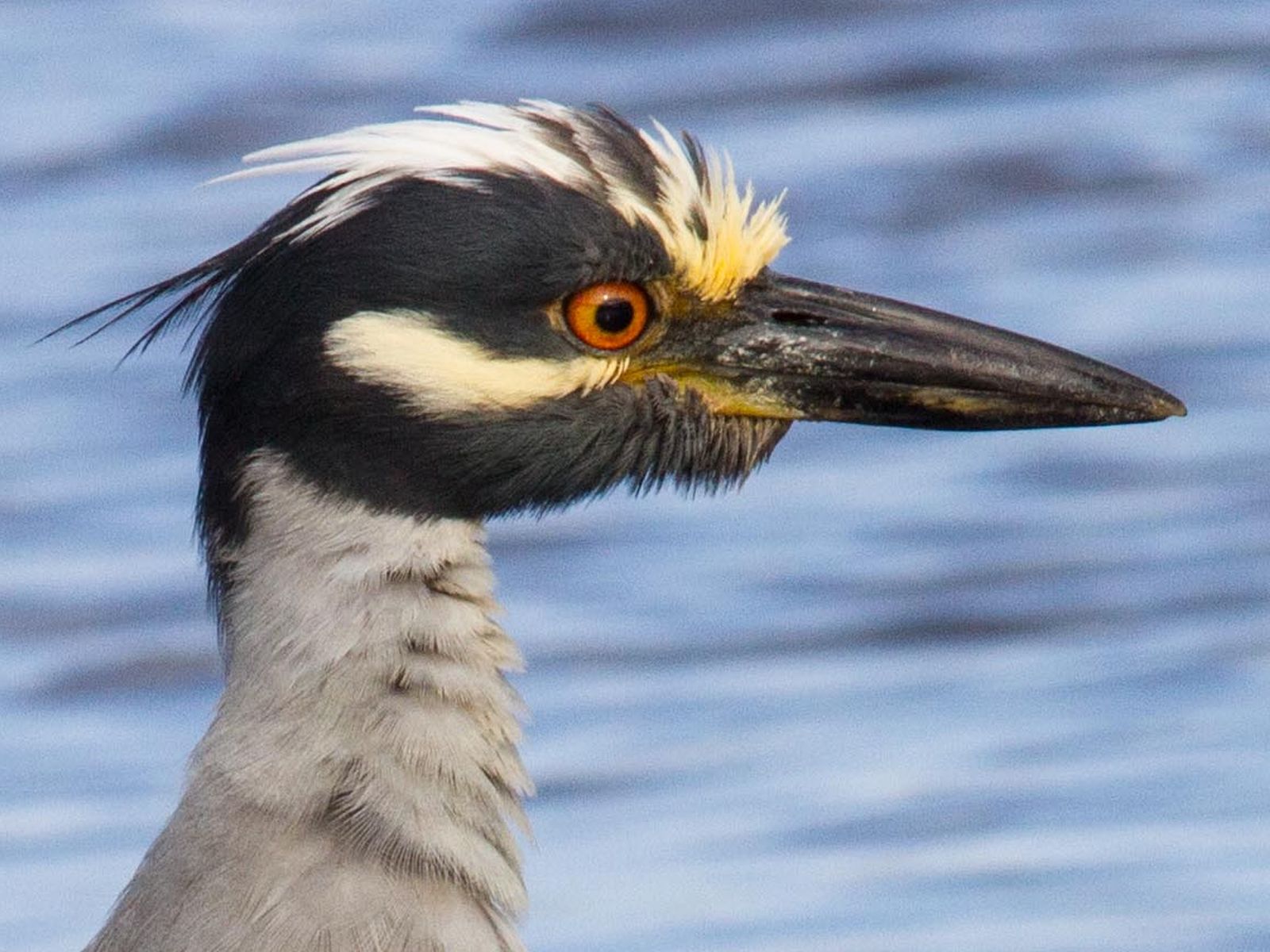
Yellow-crowned Night-Heron – San Diego River flood control channel, Mission Bay, San Diego 23 July 2013

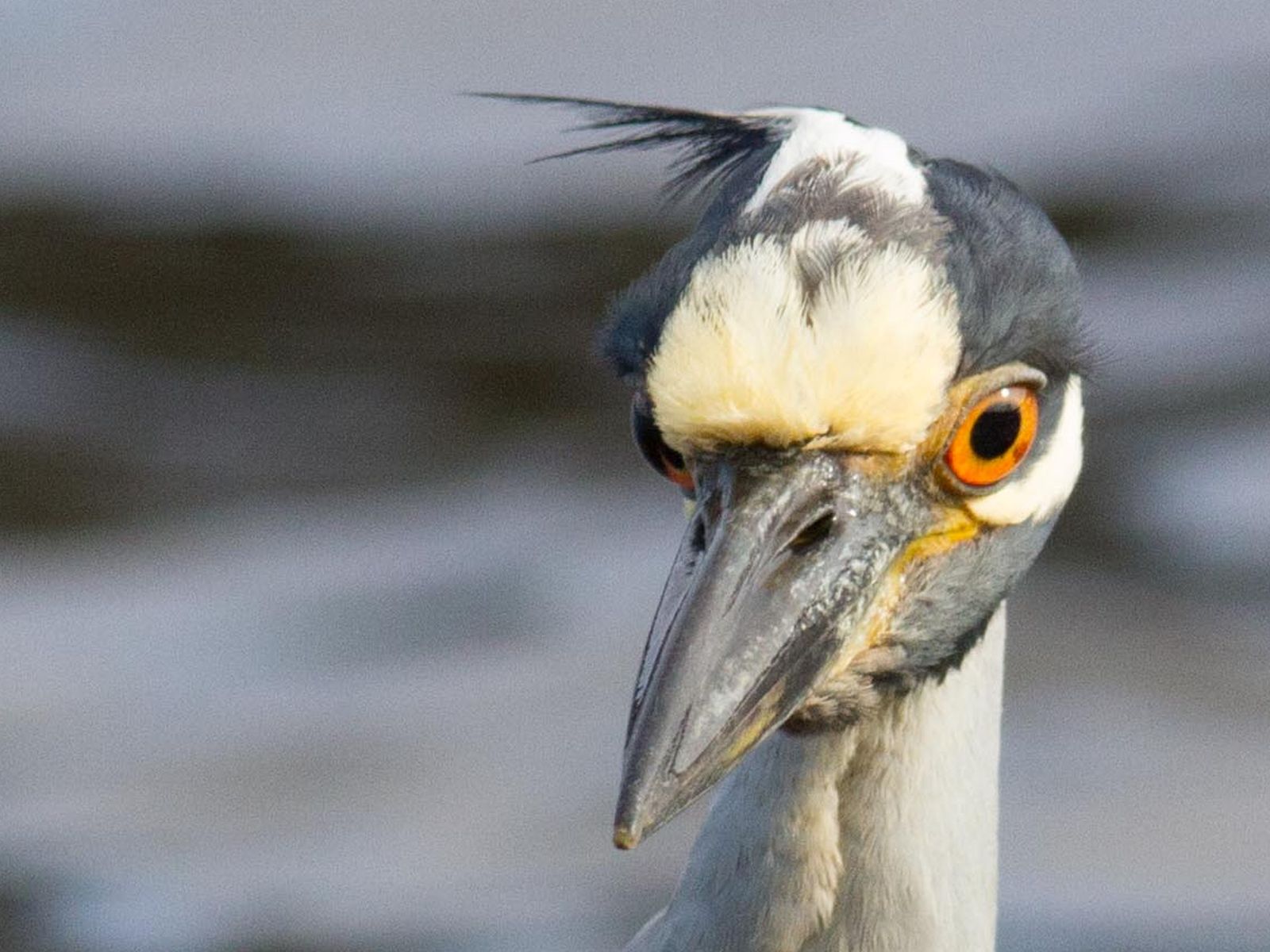
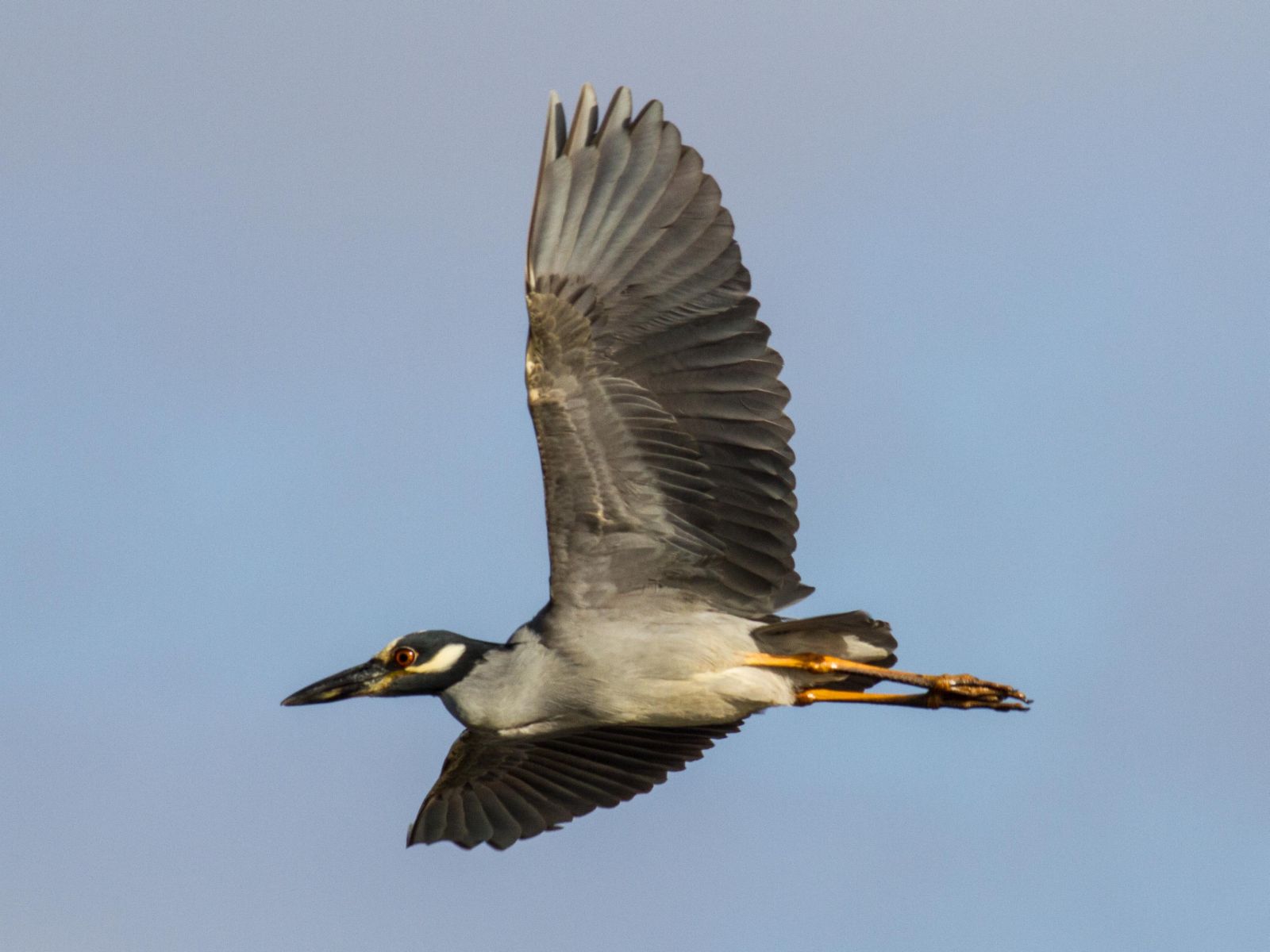
Spectacular pictures. What lense were you using? Really beautiful pictures. You captured that herons personality.
Canon 7D + 400 mm f5.6L
As usual great pics!
Remarkable how pictures #4 &5 show the protective nictitating membrane. #5 clearly shows that it moves horizontally from bill to back of the eye, exactly as you would want it if you plunge your face into mud and water. I guess with the advent of glasses and goggles humans are unlikely to evolve this type of anatomy.
Agreed, that is an amazing snapshot of the bird’s use of its nictitating membrane as protection. Presumably as the bird’s face enters mud or proximity to awkward prey items, crabs, the protective membrane is flicked over the eye. Ingenious and never ceases to fascinate me. One of the neat finds in several bird species that I have photographed recently in fact.
Yes – Fascinating! Thank you for commenting on that! I really enjoyed the pictures before I was aware of the nictitating membrane – and now even more!
I just saw 2 of them this morning while fishing the San Diego River mouth. They were in the Bayside of South mission jetty